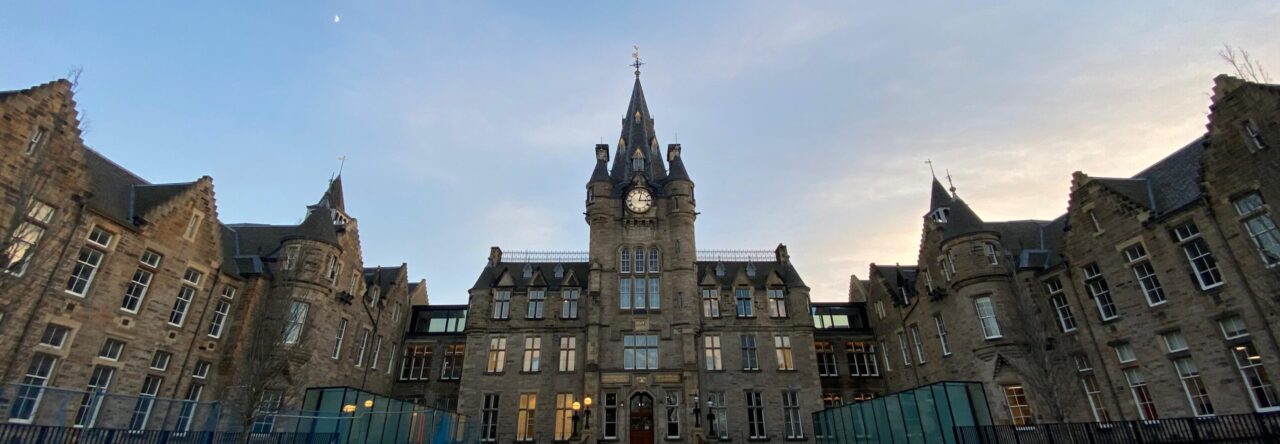This week, I started reaching out to people in my network to refine some aspects of my Futures Project. I met with Camila Gottlieb, an education specialist with whom I worked at UNICEF. The meeting was short and productive, and it got me thinking about different aspects of the project. I will discuss some of them below.
Quantitative information
To provide context, I will introduce some general quantitative information about education in Uruguay, graduation level, dropout, socio-economic quintiles, etc. Camila suggested three main sources for this:
- Educational Viewpoint of the National Institute of Educational Evaluation (Ineed, for its acronym in Spanish): this is official data taken from the
- Education Observatory of the National Administration of Public Education (ANEP, for its acronym in Spanish), which constitutes the second source of information. Camila told me the Observatory has the raw data available for download, which would be very interesting to analyse.
- World Bank data: provides a steady record of data, and the possibility to compare with other countries.
Qualitative Information and Data Collection
One of my main concerns was accessing the data, the testimonies I would like to portray in my data visualisation. Camila immediately thought of a “headhunting” methodology, akin to the human resources practice, based on looking for specific people of a certain profile. This would rule out the possibility of associating with an organisation which would tie me to their timings and interests with less flexibility.
The headhunting would have to be done with young adults (which was another of my doubts: if I should interview adolescents or adults), to ease the approval process and to show a short- and mid-term impact of the educational trajectory. I initially thought of an age range of 18-25 years old.
As for the methodology, I was thinking about conducting interviews. Camila also suggested an ethnographic style of “contact”, by which I could establish a specific contact (e.g. send a WhatsApp message) to subjects every 7-10 days with one particular query. This would facilitate the establishment of rapport with the subjects while allowing them to asynchronously think about the questions, do the exercise of remembering, and then reply. It’s true that some of these questions will require the subjects to dive into their memories as back as ten years’ time, so allowing them time to remember would probably elicit answers of a better quality.
Another issue I’m thinking about is the personalisation of the testimonies, including whether or not to include photos and what kinds of photos. One of Camila’s suggestions was that the photos could be of the context (with, again, an ethnographic approach) instead of the people themselves, for example, of their classrooms, how they went to school (transport), what they ate, etc.
Finally, showing “good” and “bad” examples would definitely be paramount, especially highlighting the differences between quintiles, which would show that, yes, this is a problem for the whole country, but it is especially a problem for those of lower socioeconomic levels.
Target audience
When speaking with Camila, a new potential target audience arose for this data visualisation. Until this point, I had thought of society in general and decision-makers, but Camila proposed the idea of funding bodies or philanthropists. Some examples of these are Reaching U, Varkey Foundation or e.dúcate.
Final thoughts
The meeting provided me with new insights that keep fuelling my Futures Project. I think Camila would be an excellent collaborator when the time came to think about those questions to ask the subjects.
However, reaching out to people and using my network to expand my thinking of this project is very fruitful. After attending a data storytelling event this week, I reached out to one of the speakers with whom I will meet tomorrow to further discuss qualitative and human-based data visualisations. Can’t wait to share how it goes! But that will have to wait until next week.



Leave a Reply